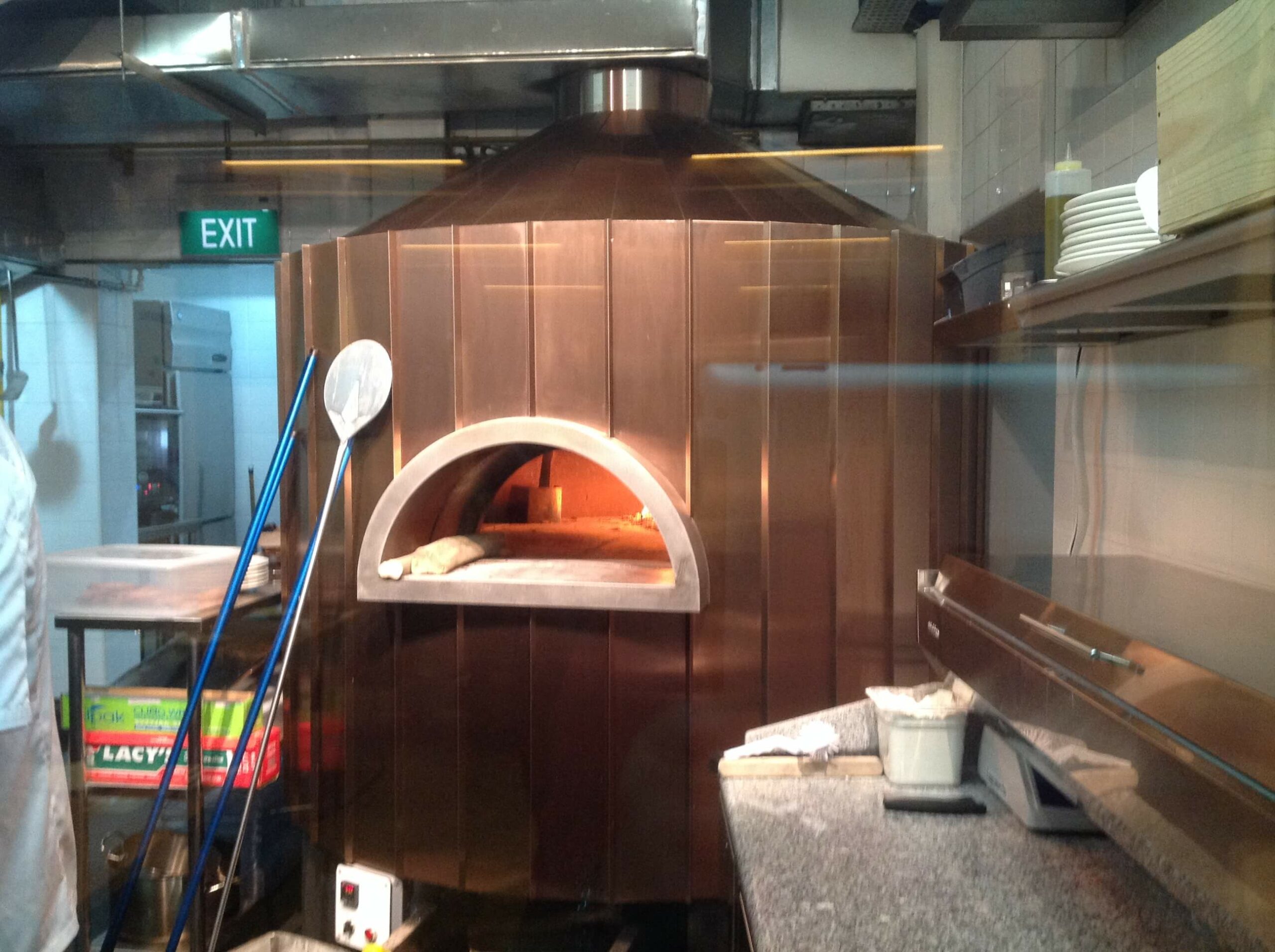Was on the phone with a refractory supplier down here and he said it would be a good idea to double up on a the brick in the hearth and put it in running bond so that seams overlap...
He mentioned using soaps which are he said are standard brick cut down the 4.5" side, so you'd have 2.5 x 2.25 x 9... I'm thinking you would just use them on the sides to set the offset...
However instead of doubling up on the standard brick and increasing the hearth mass, you could just use splits... and cut splits in half lengthwise to get the affect of the soaps to offset your seams on the bottom layer... I imagine you could also do 2 reverse herrring bones as well..
Anyway, he said, as much as you can, you want create a fire break and the seams in a single layer give heat more direct access to your insulation layer than if you overlap seems... I hadn't heard of this before, so I thought I'd throw it out there for everyone...
The downside of using 2 layers, whether they be splits or full size is the additional cost for the hearth floor.. my understanding is that splits costs about the same as full size bricks. Haven't run the numbers, but I wouldnt' think it would be significant in overall project cost terms...
Any thoughts?
JB
He mentioned using soaps which are he said are standard brick cut down the 4.5" side, so you'd have 2.5 x 2.25 x 9... I'm thinking you would just use them on the sides to set the offset...
However instead of doubling up on the standard brick and increasing the hearth mass, you could just use splits... and cut splits in half lengthwise to get the affect of the soaps to offset your seams on the bottom layer... I imagine you could also do 2 reverse herrring bones as well..
Anyway, he said, as much as you can, you want create a fire break and the seams in a single layer give heat more direct access to your insulation layer than if you overlap seems... I hadn't heard of this before, so I thought I'd throw it out there for everyone...
The downside of using 2 layers, whether they be splits or full size is the additional cost for the hearth floor.. my understanding is that splits costs about the same as full size bricks. Haven't run the numbers, but I wouldnt' think it would be significant in overall project cost terms...
Any thoughts?
JB





 . I agree with DMUM.
. I agree with DMUM.


 , but it shows how important it is to use efficient insulation and the right amount of mass.
, but it shows how important it is to use efficient insulation and the right amount of mass.


Comment